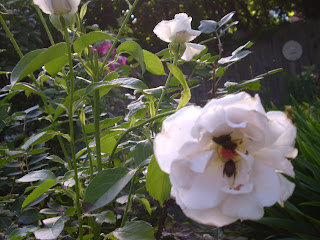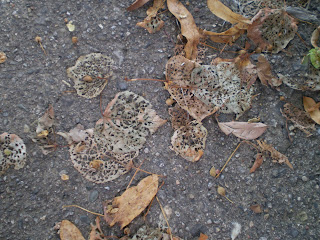With excessive heat this season in my Zone 5B garden, I almost let the time pass when I can plant late season vegetables. 

Three important needs to successful late season planting is 1) planting at the right time, 2) know the number of days till harvest, and 3) the average frost date in your area. Here in my SW Ohio garden, that date is October 16. You can check out your date at www.victoryseeds.com.
I picked out some lettuce, mustard greens, and spinach seed that have a harvest time of 42-45 days.
Since this is late July already, the options for late season plantings may be limited, depending on your Zone. If you can find vegetable plants, you can get by planting a little later than starting from seeds.
I can plant carrots as late as August 1. Produce will be small but still a treat.
Cabbage and Broccoli like the cooler temperature too. They need 6-8 weeks to mature, so I may be too late for these.
Arugula can do well in cooler temperatures, and although radishes germinate quickly, they need 60+ days to harvest.
We gardeners can benefit from the cooler fall gardening too. Just think - no sweating in the hot, humid days like we've had this year. No mosquitoes, and no watering cans from the rain barrel to the garden.
Seems like a win-win for us and the plants.
Some vegetables can even withstand cold and frosty temperatures. Kale, spinach, endive and lettuce are just a few. Plants will grow more slowly in the cooler weather as the days get shorter. That is one reason I have planted in containers.
The lettuce I chose this year is a Burpee Gourmet Blend. It has five varieties of lettuce including Prizeleaf, Royal Oak Leaf, Salad Bowl, Red Salad Bowl and Ashley. Harvest this colorful crop in about 45 days.
Young spinach leaves are quite tasty and can be great in salad, soups, sauteed or stir-fried.
The variety I planted is Burpee Spinach Melody Hybrid. It is ready to eat in 42 days.
Containers can be moved under cover if a cold night is expected. This can give your fall garden an extra week or more to mature. Containers can be just about anything. I've used 5 gal. buckets from the home improvement store, and unused containers from the shed. Doing the containers offers me a chance to grow more sun-loving crops than my shady yard allows. I can move the pots as the sun angle changes and get a few more hours of sun during the day.

The Mustard Greens I planted are from The Cook's Garden. The various colors of the seeds is a preview of the colorful mixture of "Cook's Custom Mix'. It has Mizuna, Osaka Purple, Florida Broadleaf, and Red Giant Indian. I always associate mustard greens with a big pot of beans and cornbread .
I am really looking forward to a great 'comfort food' dinner on a cool fall evening.
What are some of the fall season gardening you do?
I'd love to see what you have. Thanks for stopping by today.


















































